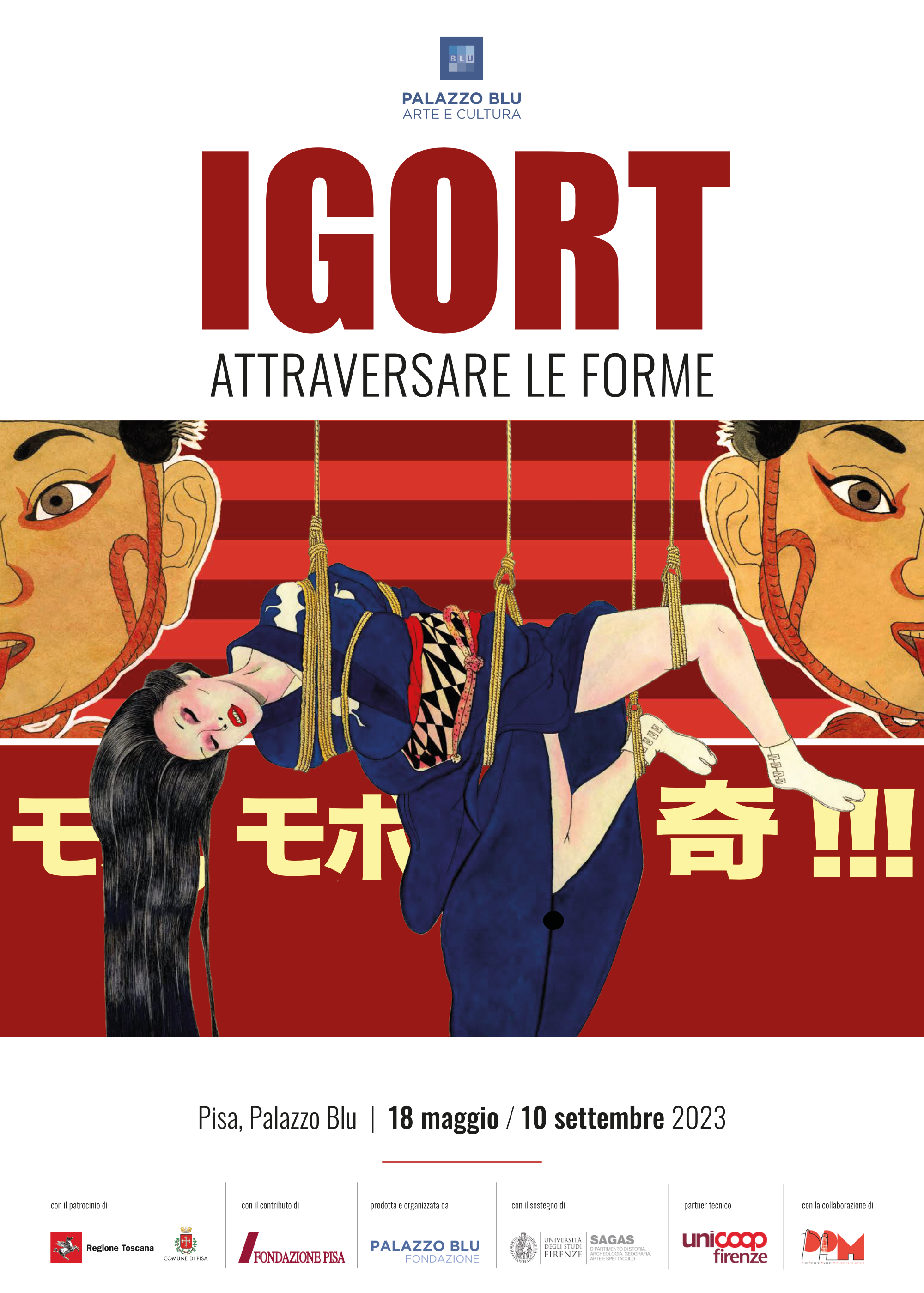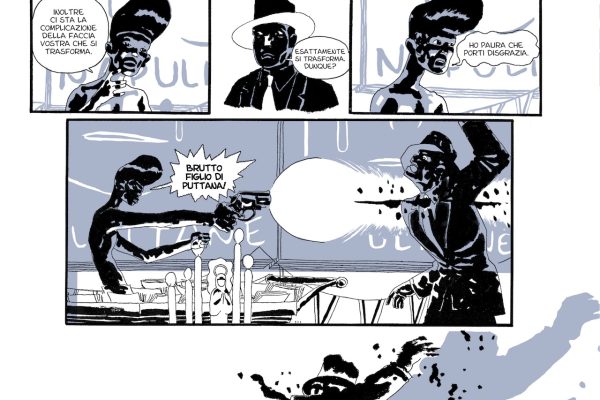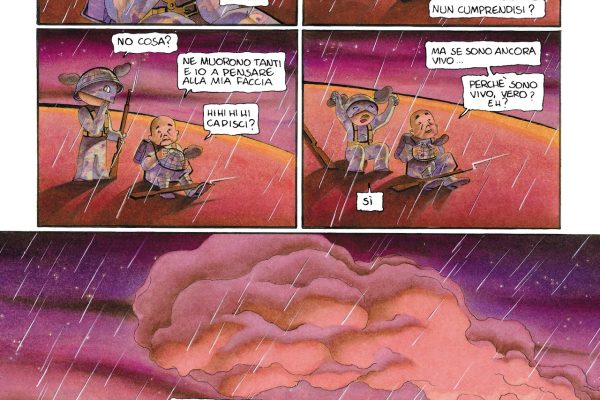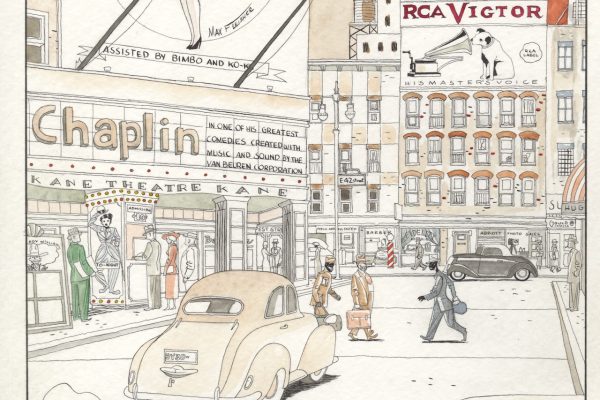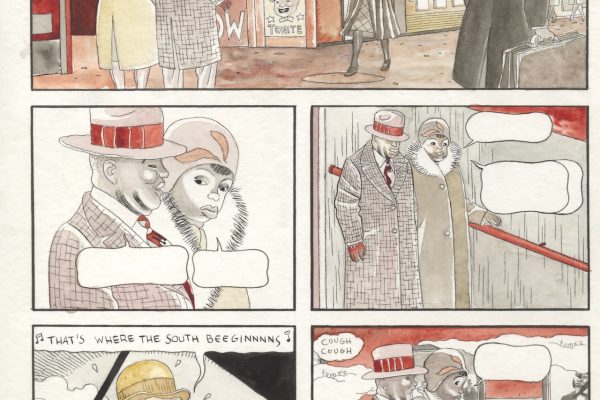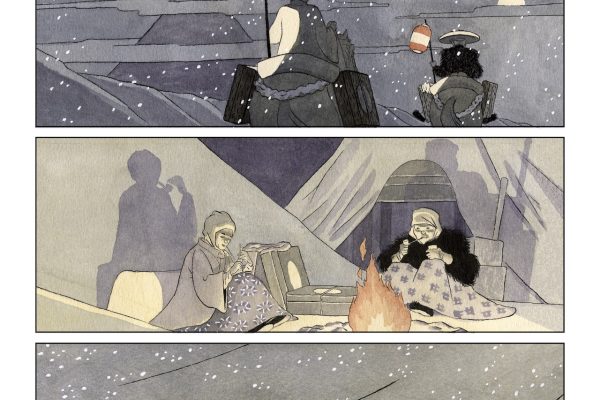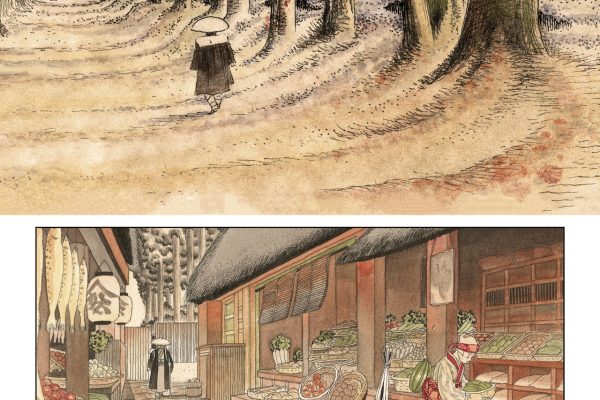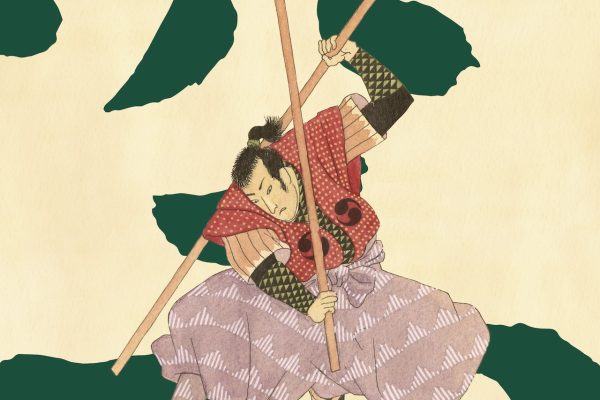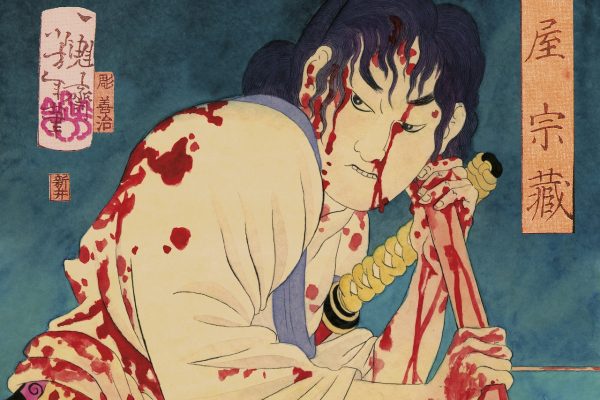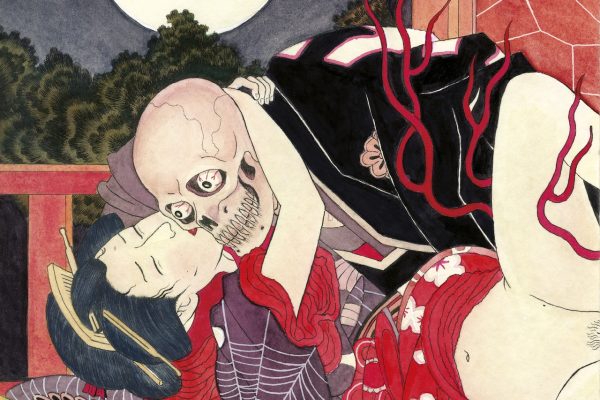Igort is the pseudonym of Igor Tuveri, born in Cagliari on 26th September 1958. Today he is one of the most important contemporary Italian artists, endowed with extraordinary multifaceted talent, not only is he appreciated as a graphic novelist whose stories have been translated all over the world, but also as an inventive and cultured film director, a sought-after editor, experimental musician and much more besides.
Throughout his career Igort has used a range of artistic techniques, ranging from literary genres: the reportage of his Notebooks (Japanese, Ukranian and Russian), detective stories Alligatore and Sinfonia a Bombay, the noir work 5 is the perfect number, as well as the biographies Fats Waller and Parole di Chandler. We must not forget his illustrations and columns as a reporter and essayist in numerous periodicals and newspapers: the Italian dailies “La Repubblica” and “Il Manifesto”, from “Il Corriere della Sera” to “Vanity”. In addition, Igort was the founder of the magazines “Dolce vita”, “Fuego”, “Due”, “Black”) and publishing houses dedicated to graphic novels and cartoons (Coconino Press and subsequently Oblomov Edizioni). 5 is the perfect number, which was translated in 15 countries, was adapted for the big screen in a film of the same name, with Toni Servillo, Valeria Golino and Carlo Buccirosso.
The exhibition Through Shapes gives viewers the chance to admire a collection of drawings from Igort’s greatest successes.
5 is the perfect number enables us to delve into the noir, with its sudden cuts and constant suspense and almost entirely monochromatic backdrop, opening onto the world of cinematography and the film of the same name. Fats Waller immerses the reader into the captivating atmosphere of jazz, one of Igort’s greatest passions and it is this musical style that fashions the book’s syntactical structure. Brillo. La guerra degli ovetti is a fulcrum between distant universes, that transports and takes a fresh look at the character of Yuri in the Western world that is dominated by a senseless war, seen through the dystopic lens of German New Objectivity (one of the volume’s visual sources). Finally, we have the Japanese Notebooks that invite one to reflect upon the meeting of culture and the logos-iconic language of cartoons, the inseparable fruit derived from images and text.
The choice of materials aims to show the viewer, as far as is possible, the multiplicity of techniques, genres and styles used by Igort through the years. Enjoy your journey!


